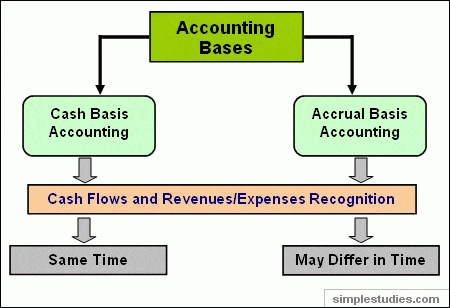What is a reversing entry?
A reversing entry is a journal entry made in an accounting period, which reverses selected entries made in the immediately preceding accounting period. The reversing entry typically occurs at the beginning of a reporting period. A reversing entry is commonly used in situations when either revenue or expenses were accrued in the preceding period, and you do not want the accruals to remain in the accounting system for another period.
It is extremely easy to forget to manually reverse an entry in the following period, so it is customary to designate the original journal entry as a reversing entry in the accounting software when you create it. This is done by clicking on a "reversing entry" flag. The software then automatically creates the reversing entry for you in the following accounting period.
Example of a Reversing Journal Entry
To explain the concept, the following entry shows an expense accrual in January for an $18,000 expense item for which the supplier's invoice has not yet arrived:
| Debit | Credit | |
| Expense | 18,000 | |
| Accrued expenses | 18,000 |
You now create the following reversing entry at the beginning of the February accounting period. This leaves the original $18,000 expense in the income statement in January, but now creates a negative $18,000 expense in the income statement in February.
| Debit | Credit | |
| Accrued expenses | 18,000 | |
| Expense | 18,000 |
But we are not done yet. The supplier's invoice arrives later in February, and we record it with the following entry, which offsets the negative $18,000 that would otherwise have appeared in the company's income statement in February:
| Debit | Credit | |
| Expense | 18,000 | |
| Accounts payable | 18,000 |
The result is that the $18,000 expense appears in the company's income statement in January, which is presumably when it was supposed to appear under the accrual basis of accounting, while there is no net recognition of any expense at all in February. Thus, a reversing entry has allowed us to properly record an expense during the period when the expense was incurred, rather than in a later period, when the company obtains the supplier's invoice.
Two further examples of how to use a reversing entry are:
- Accrued revenue. You accrue $10,000 of revenue in January, because the company has earned the revenue but has not yet billed it to the customer. You expect to invoice the customer in February, so you create a reversing entry in the beginning of February to reverse the original $10,000 revenue accrual. The final billing, for a total of $12,000, is completed later in the month. The net result is the recognition of $10,000 in revenue in January, followed by the recognition of an additional $2,000 of revenue in February.
- Accrued expenses. You accrue a $20,000 expense in January for a supplier invoice that did not arrive in time for the month-end close. You expect the invoice to arrive a few days after you close the month, so you create a reversing entry in early February for $20,000. The invoice arrives, and you record it in February. The net result is the recognition of a $20,000 expense in January, with no net additional expense recognition in February.
What if you were to forget to make a reversing entry? In the first example, this means that the accounting records would already show $10,000 of revenue that was recorded in January, and will then show an additional $12,000 of revenue in February, so that revenue is overstated by $10,000 through the two-month period. The key indicator of this problem will be an accrued account receivable of $10,000 that the accounting staff should eventually spot if it is regularly examining the contents of its asset accounts.
If you were to forget to reverse the expense in the second example, the accounting records would show a $20,000 expense in January and another $20,000 expense in February, where the February amount is erroneous. The key indicator of this problem will be an accrued liability of $20,000 that the accounting staff should locate if it is periodically examining the contents of the company's liability accounts.
If you expect to keep an accrual for a long period of time before reversing it, then make note of the accrual in the journal entry records, and review it as part of every month-end closing process until you can reverse it. This is also a good reason to conduct account reconciliations for all balance sheet accounts at regular intervals, which will detect unreversed entries.




































